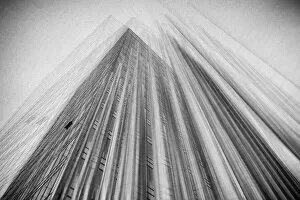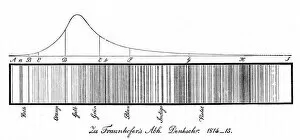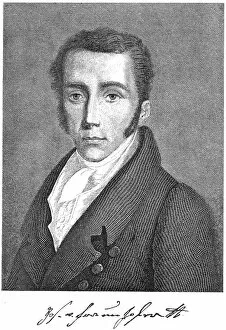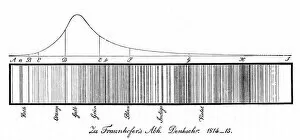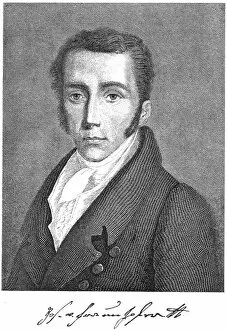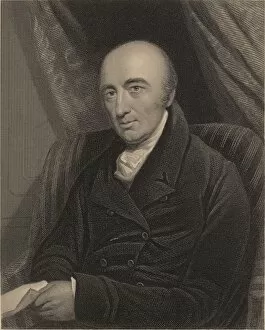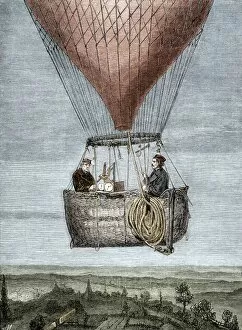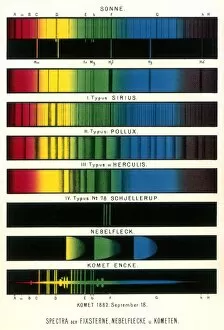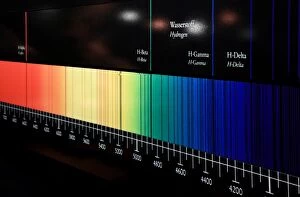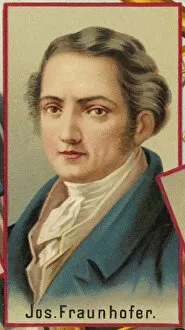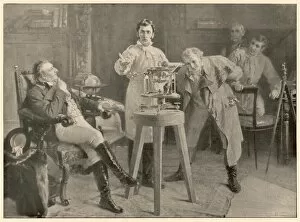Fraunhofer Collection
Fraunhofer, a name synonymous with art and architecture in the world of science
For sale as Licensed Images
Choose your image, Select your licence and Download the media
Fraunhofer, a name synonymous with art and architecture in the world of science. Joseph Fraunhofer, a German physicist known for his groundbreaking work in optics and spectroscopy, left an indelible mark on the scientific community. One of his notable contributions was the printers sample for the World's Inventors souvenir album (A25), showcasing his revolutionary discovery - the solar spectrum. In 1814, Fraunhofer unveiled this diagram depicting the lines of light emitted by our sun, revolutionizing our understanding of light and its composition. Born in 1787, Joseph von Fraunhofer dedicated his life to unraveling the mysteries of light. His meticulous research led him to develop spectrometry techniques that allowed scientists to analyze various elements present in celestial bodies. This breakthrough opened new doors for astronomers and physicists alike. Collaborating with William Hyde Wollaston, an English chemist renowned for his discoveries in optics, Fraunhofer further advanced our knowledge of light through their joint efforts. Their combined expertise propelled them into uncharted territories as they delved deeper into understanding space spectra. Not limited to theoretical studies alone, it also ventured into practical applications. He played a significant role during balloon flights undertaken by Glaisher and Coxwell - pioneering endeavors that pushed boundaries beyond Earth's surface. Even after his untimely demise at age 38 in 1826, Joseph von Fraunhofer's legacy lived on through wood engravings capturing him as both an optician and physicist. These visual representations immortalized his impact on science during the 19th century. Today we continue to marvel at Fraunhofer's contributions to art and architecture within scientific realms. His work laid a solid foundation upon which future generations built upon.

